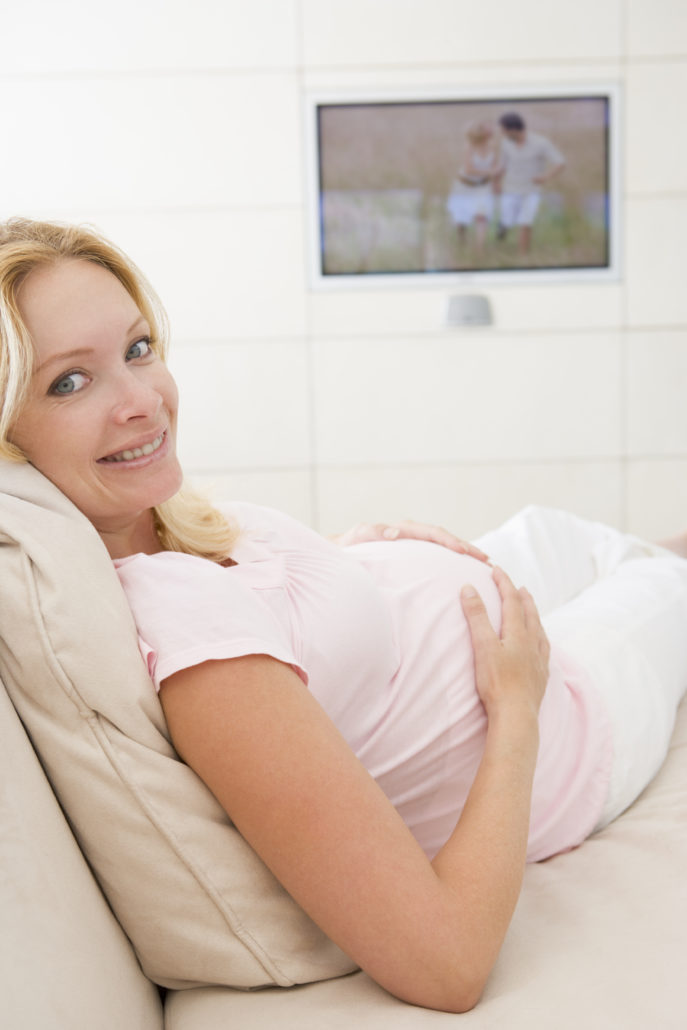The body needs the trace element iron for the absorption and transportation of oxygen, among other things.
Women should consume around 15 mg of iron a day, pregnant women significantly more due to the growth of the child, uterus and placenta.
Iron deficiency – widespread among young women
However, according to the National Nutrition Survey II, more than 80% of women have an iron deficiency, which can lead to complaints such as listlessness, tiredness and diffuse hair loss.
Women with iron deficiency have more premature births, their fetuses grow more slowly, are more often born with a low birth weight and often remain smaller than other infants and toddlers in the following years.
They also often suffer from reduced physical performance, poor immune function and learning disorders.
Iron deficiency during pregnancy
For this reason, it is possible to test for a possible iron deficiency before and during pregnancy.
In any case, care should be taken to eat a diet rich in iron.
As pregnant women and their growing child need to be protected from the consequences of iron deficiency, taking iron supplements may be appropriate if ferritin and haemoglobin levels are low. Good nutritional supplements for pregnant women therefore always contain iron.
In this way, you can ensure a good iron supply every day – regardless of what food ends up on your plate.
Foods with a lot of iron
In order to get enough iron in everyday life, pregnant women in particular should give preference to iron-rich foods.
Iron is found in plant and animal foods, whereby the body can utilize animal iron better.
Those who only eat a plant-based diet must therefore consume larger quantities of iron-rich foods.
How to take iron?
It is known that calcium and magnesium inhibit the absorption of iron in the intestine.
However, the effects are not particularly high.
If you take iron and calcium or magnesium as separate supplements, you should take the products at different times.
However, iron absorption can be supported by taking vitamin C at the same time.
Meals that combine iron-rich foods with, for example, peppers, potatoes or juices are therefore ideal.
| Food | Iron content |
|---|---|
| Wheat bran | up to 16 mg per 100g |
| Pumpkin seeds | up to 12 mg per 100g |
| Liver | up to 30 mg per 100g |
| Pulses | up to 9 mg per 100g |
| Linseed & oatmeal | up to 8 mg per 100g |
| Quinoa & amaranth | up to 10 mg per 100g |
| Sesame | up to 10 mg per 100g |
| Chicken egg yolk | up to 7 mg per 100g |
| Chanterelles | up to 7 mg per 100g |
| Pistachios | up to 8 mg per 100g |
This post is also available in: French German Italian Spanish Portuguese (Portugal) Dutch Swedish Arabic Turkish Bosnian














